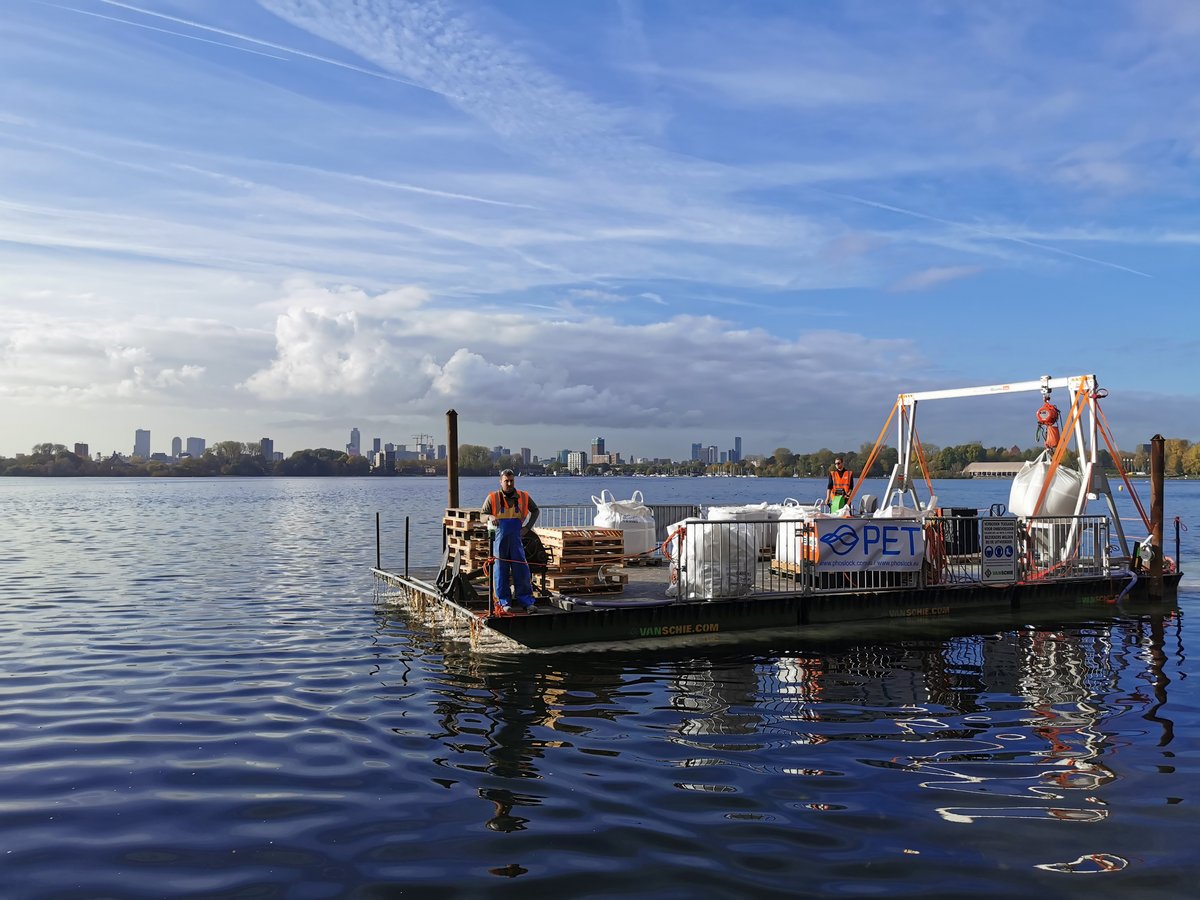Lake Kralingse Plas, The Netherlands
Diagnosis-guided restoration implementing a package of measures.
Site description
The Kralingse Plas was created in the 17th century by peat excavation. The lake is approximately 100 ha and has an average depth of 2 m. The lake is part of the Kralingse Bos, a 250 ha park in Rotterdam, and receives 3.5 million visitors annually. Most visitors recreate on, in, or near the lake by boating, sailing, canoeing, swimming, fishing, walking, visiting festivals, etc. Recreational activities have been hampered increasingly since the beginning of the century by cyanobacterial blooms. The Regional Water Authority and the City of Rotterdam wanted to minimise cyanobacterial blooms and to improve water quality to meet the Water Framework Directive targets of good ecological condition.
Restoration measures applied
A system analysis-guided package of restoration measures was applied to reduce the external and internal nutrient load. The external load was reduced by diverting the inflow of nutrient-rich water from the inlet Kralinger Hout, by improving the sluice Kralingse Verlaat using water from the lake instead of water from the nutrient-rich river Rotte, by removing leaf litter and bird droppings, by stopping sewage overflows, and by improving dephosphatation of inlet water (planned for 2026). The internal load, which was mainly a result of alkaline desorption during periods in summer when pH went up to pH 10, was minimised by adding 1046 tons of the lanthanum-based P binder Phoslock.
A maintenance plan is implemented, allowing the repeated use of P-binders to reduce phosphate levels when needed, as a gradual increase is expected from ongoing diffuse pollution.
Current goals of restoration at the site
Increase ecological status and allow recreational use.
Sectors involved in lake basin management
Regional Water Authority, Municipality of Rotterdam, citizens
